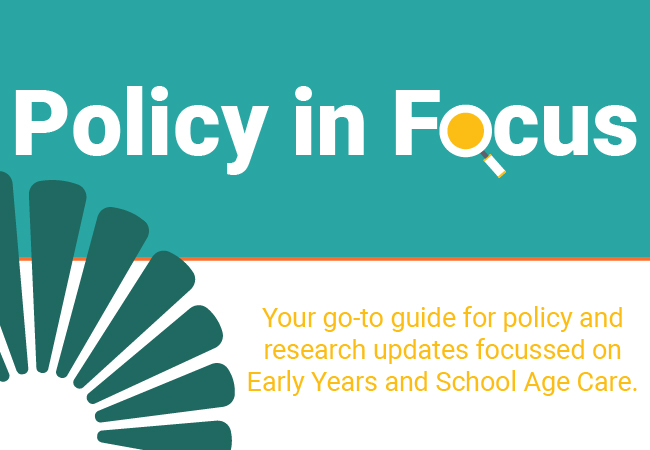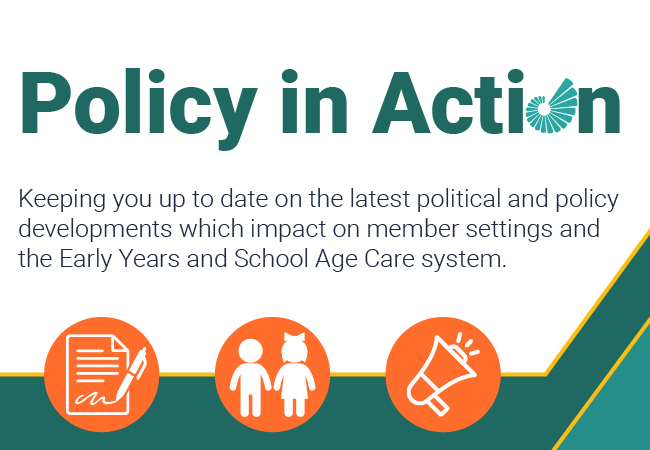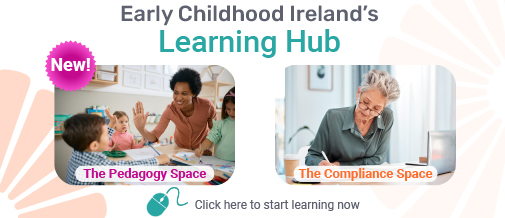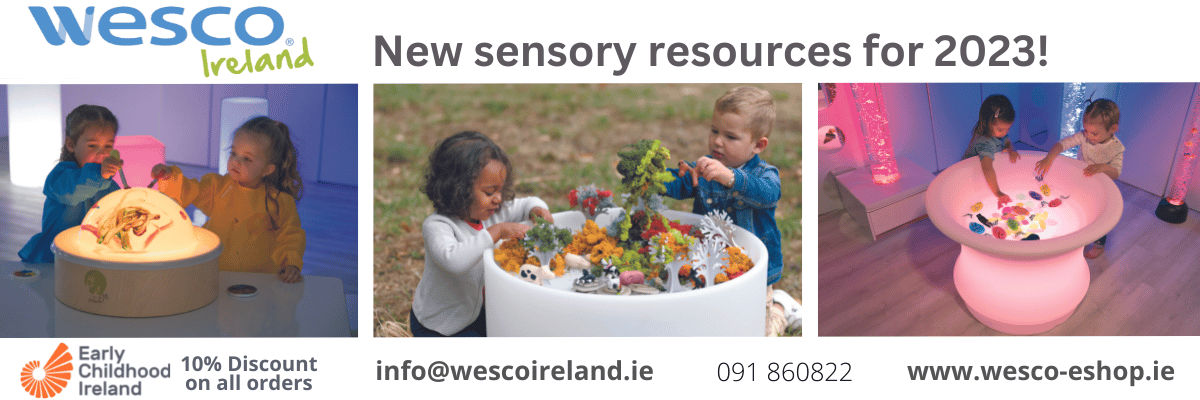AN AUTUMNAL WALK

One October walk with my then 17-month old son, made me think of how nature can be a source of inspiration for our work with children. We don’t even have to think about it too much – just let the children lead us!
That day, we spent a long time under a tree just a few steps from our house. Once my curious toddler was satisfied that no snails were to be seen within close proximity (as that was his priority at the time), he began to explore the leaves that had fallen from the tree. Although they all came from the same tree, no two were the same. He picked them up one by one, carefully investigating. I was also in awe of this autumnal sight and was instantly drawn to the most ‘beautiful’ leaves. My first instinct was to pick the ‘ultimate Autumn leaf’ – one with a perfectly preserved shape, no signs of mud, no dried-up edges, and certainly no spots or signs of being munched on by pesky insects. I wanted to find it, pick it up and keep going. My son on the other hand, in no rush whatsoever, was busy inspecting more interesting finds. He was looking at how the various hues of yellow, orange, red and brown blended together on one of the leaves. He was testing how his hand felt against the rugged edge of another and checking if his finger could go through a hole in it. He was repeatedly dropping the third leaf to see what would happen.
That day I learnt more from the toddler than he could ever learn from me. As I observed him, I realised that he was really looking at these leaves and seeing them for what they were. I had to stop myself from interfering, proposing ‘better’ leaves, more leaves, asking him to move on or look at something else, in order to allow for this learning to unfold naturally. It made me think about how in early childhood care and education these teachable moments so often happen without much of our direction or planning. More so, at times the key ingredient is that the adult does not interfere! Of course, our involvement can further enhance the process, but sometimes all is needed is our quiet and mindful presence; being beside the child rather than in front of them.
It also made me think about how this is a very symbolic and meaningful way of promoting diversity in a broader sense. What a beautiful metaphorical ‘lesson’ it was on appreciating uniqueness and difference (and I was the ‘student’ here!). It could translate so well into celebrating diversity in our communities and society. Like the leaves, we all differ in our traits and appearances and this is what makes us interesting and represents our own story. We are all different, yet all the same, each unique in our own way and together creating a melange of colour, all belonging to the same ‘tree’.
What an invaluable natural opportunity to promote the message of diversity and inclusion in a ‘matter of fact’ way in our pedagogical practices! Without preparation, without additional resources – just embracing nature, following the lead of the child, responding to their actions by co-constructing the learning experience.
With babies and younger toddlers, it could be as simple as giving the children the space to simply explore this natural diversity. We could collect various leaves together – and not just the ‘prefect’ ones – the ones that ‘tell their story’ too! They can be used as loose parts for imaginary and object play, in your sensorial bin, in arts and crafts or to bring Autumn inside by decorating the room together with the children. We can throw them up in the air and dance and sing as we do it. There is no ‘right or wrong’ in this open-ended play!
Pre-schoolers may want to make some land art/mosaics with the leaves, both outdoors and inside. They can enjoy comparing and contrasting them based on their colours, sizes and shapes. You can try to come up with ‘life stories’ for each individual leaf (e.g. How did it end up where we found it? Why does it look like this?) and see in what ways they are different or similar. These stories could be put together by everyone in the form of a written and visual display.
As early years teachers mindful of the key role of promoting the messages of diversity and inclusion, we should grab every opportunity that presents itself. And the good news is that nature has all the answers and inspirations we need – sometimes one tree can be just enough! These simple, incidental, everyday encounters and our responses to them are how diversity can be promoted in a meaningful, sustained and effortless way. It is more about modelling a positive, open-minded outlook on the world around us with all its colours, traits and differences, than about devoting an hour or two in our monthly planning to ‘promoting diversity’. This appreciation of difference, planted and nurtured from the start, will germinate, grow and spread over time into all areas of the child’s knowledge and understanding.
Enjoy your Autumn walks everyone!
BIO
Alicja McCloskey is a lecturer in Early Childhood Education in Mary Immaculate College (MIC), Limerick and an experienced early years teacher. Alicja’s interests include cultural and linguistic diversity; the young child’s rights, voice and agency; power relationships between the child and adult and ethical considerations in research with young children.









